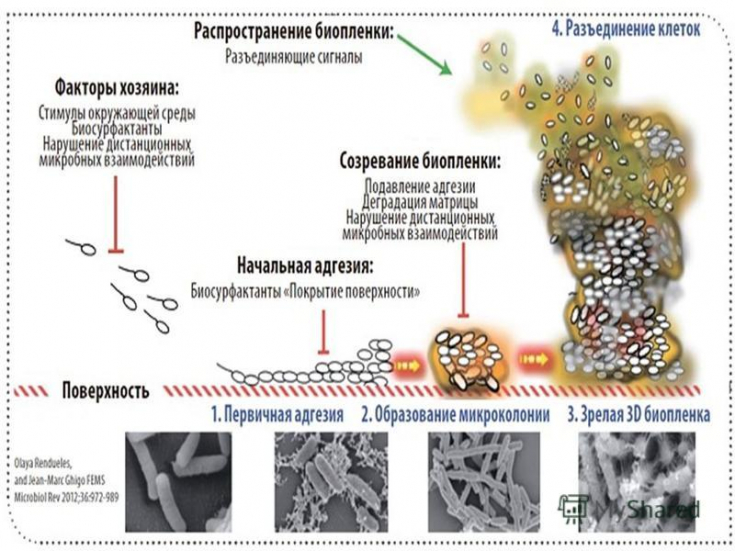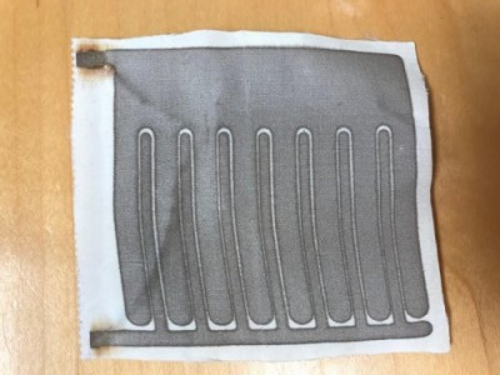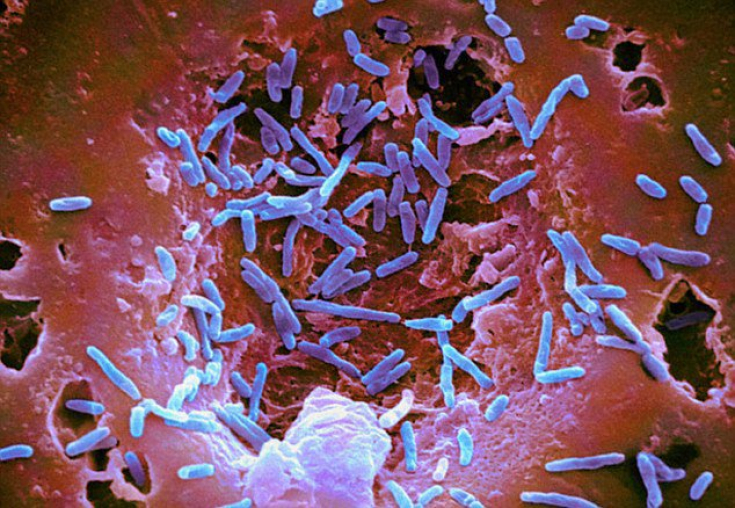Electrified dressings can help wounds heal faster than conventional dressings or antibiotics, but for years researchers didn't understand why.
This article from estet-portal.com describes the results of a recent study by a group at Ohio State University that provides information on the mechanism of action of such dressings: electrical pharmaceutical dressings kill bacteria in the wound, promoting faster healing.
, which are devices that use electrical impulses to heal wounds. The study lays the groundwork for more that will help scientists better understand the reasons why electrical bandages are so effective in eradicating bacterial agents.
Mechanism of action of electric antimicrobial dressings
Biofilms are small communities of microorganisms, including bacteria, that can live on the surface of the skin or wound. Communities are held together by so-called extracellular polymeric substances.
Follow us onFacebook Substances are typically composed of fats and proteins and can create a barrier that protects bacteria from traditional clinical treatment options, including antibiotics. This means that even with traditional antibiotic treatment, some skin infections can linger and prevent wounds from healing.
Electrical dressings have been used to heal wounds since at least 2013.
However, Ohio research shows that electrical bandages made from the right materials can break through this barrier, killing bacteria and allowing wounds to heal faster. The team developed a new model for studying soft tissue infections to learn more about how dressings work.


They drew silver lines on the silk and attached a small electrical device.
When they applied an electrified bandage to a bacteria-filled biofilm in the lab, the bacteria were killed.
The research team used electron microscopes to monitor the bacteria. They saw that the electric current destroyed the biofilm enough to destroy the bacteria afterwards.
They also noted that the bacteria continued to die two days after the power was turned off.
Their theory, based on these experiments, is that bandages and electric current produce a powerful antimicrobial chemical — hypochlorous acid — which kills bacteria without harming healthy skin nearby.
Hypochlorous acid — HClO, a very weak monobasic acid in which chlorine has an oxidation state of +1.
The role of cytokines in the treatment of non-healing wounds The use of a unique dressing in the practice of treating an infected wound
This recent study was done on bacteria and biofilms in vitro, which basically means in a petri dish, not a human or animal.
Last year, veterinarians used bandages to help heal a dog with a wound that was not responding to antibiotic therapy. The dog arrived in Ohio in late 2017 with an open, infected wound. Within a week of using the bandage, half of the wound had healed; within 11 days the infection was leveled.

Thank you for staying with estet-portal.com. Read other interesting articles in the "Dermatology" section. You may be interested in
What is the treatment of pressure ulcers depending on the stages







Add a comment